The reality today in society is that women face discrimination based on their gender. Even though gender inequality is experienced by and between individuals, it is also a result of how societies are organised, laws are set, economies function and ideologies shaped. This is evident through the different forms of gender discrimination, which include implicit bias, sexism and sexual harassment/assault. It is for these reasons that women’s rights are violated in a manner that lawmakers did not initially predict.
The saying “Women’s rights are human rights” first arose in the early 1990s after Hilary Rodham Clinton coined it in her speech at the United Nations 4th World Conference on Women in Beijing. On the one hand, it makes perfect sense that human rights also apply to women inherently by virtue of their human nature. The universal recognition that all humans are born free and equal in dignity and rights is a profound declaration that rings true and ought to be respected. On the other hand, there are great possibilities to revolutionise the existing laws to include women’s perspectives in the human rights discourse and to provide new insights into the gender-based inequalities they face today.
Nevertheless, there are already several human rights laws, regulations and policies that exist to safeguard women’s rights and empower them with the tools to define, analyse and articulate their experiences. The major challenge with such instruments is the need for effective interpretation and enforcement to prevent further violation of women’s rights and achieve gender equality.
The popular slogan “The future is female’’ is not meant to demean the existence of other rights. On the contrary, it is used to show that the development of women’s rights provides a common foundation for developing an expansive array of visions and concrete strategies for change. Let us have a deeper look into the evolution of women’s rights to bridge the gap between historical events and the present circumstances.

